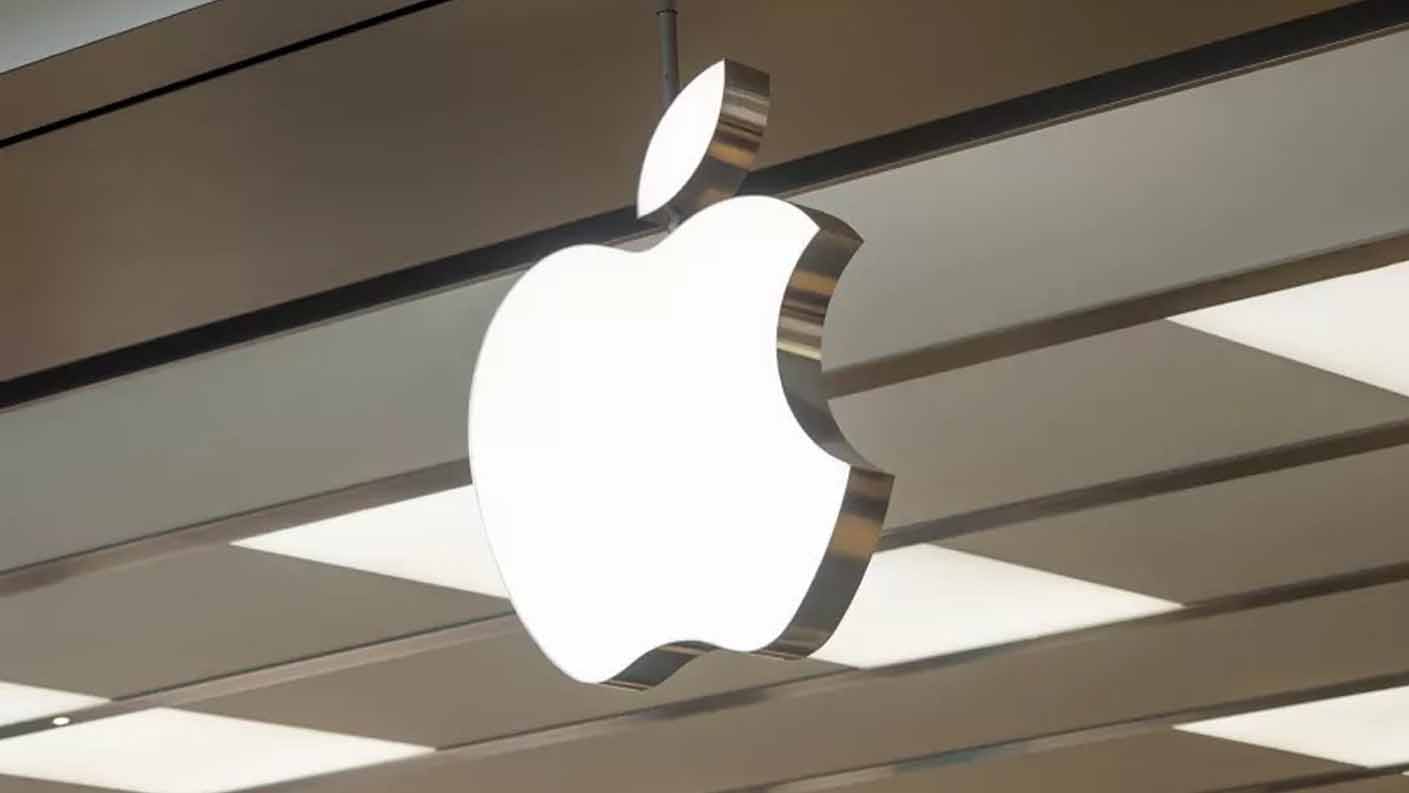Google, Meta, Qualcomm and others form team to promote open digital systems
There are 10 international tech companies on the team, but Apple is not one of them

Yesterday, several of the most powerful international tech companies, including Alphabet’s Google, Meta (formerly named Facebook), Qualcomm, Lenovo, and six others formed a team that agreed to push for “open digital ecosystems, according to a story in Reuters. Apple was not in the group.
The report indicated that the formation of the group was a calculated response to the new comprehensive set of rules and laws that the European Union (or EU) has adopted, called the Digital Markets Act, regarding many facets of technology. The group has given itself an appealing (or perhaps for some, annoying) acronym, CODE, which stands for Coalition for Open Digital Ecosystems and will promote “more open platforms and systems to boost growth and innovation in Europe.”
The members of CODE said in a press release that its aim, "is to work with academics, policymakers and ecosystem companies to provide evidence-based thought leadership on the topic of digital openness and how it can be delivered in Europe, through the implementation of the Digital Markets Act and in future EU regulatory framework developments."
The other six companies in the CODE consortium are Chinese maker of smart devices, Honor; U.S. telecommunications company, Motorola; Lynx, a French mixed-reality start-up; Nothing, a UK-based electronics company; Norwegian tech company, Opera; and Wire, a messaging service provider based in Germany.
A new era of open digital ecosystems, or opening a can of worms?
What’s interesting and instructive, but perhaps not surprising is that Apple is not part of this consortium. However, Apple, like Google and Meta, has been deemed a “gatekeeper” by the EU and those who look to enforce the DMA’s laws and rules.
But Apple has had a long history of keeping its ecosystem separate. After all, Steve Jobs did say he wanted to “tie all of our products together, so we further lock customers into our ecosystem.” That philosophy is still with the company. In fact, this past September, Apple hit back, fighting against being branded a “gatekeeper,” particularly in regards to Apple’s built-in iMessage instant messaging service. And at the moment, the European Commission is in the middle of a five-month consultation designed to “try and figure out whether iMessage is used widely enough to designate it a 'gatekeeper.'”
Yet despite Apple’s history of protecting its ecosystem by keeping it separate, Apple has already made changes to comply with the EU’s DMA. For instance, it confirmed that it will make changes to the App store soon and that EU iPhone owners will get a whole new way to download apps in 2024, with one catch--app sideloading will be limited to people who own iPhones in countries that are part of the European Union.
Master your iPhone in minutes
iMore offers spot-on advice and guidance from our team of experts, with decades of Apple device experience to lean on. Learn more with iMore!
But the ability to sideload apps is a comoplete 180-degree turn and stands in stark contrast to Apple’s philosophy of why sideloading is a threat to Apple’s ecosystem, which was presented in a 31-page white paper, in October 2021.
Although Apple might limit online services regionally, when it comes to complying with the EU on hardware, the changes might be easier to carry out if done globally. For instance, Apple’s decision to use USB-C connectors on iPhone 15 models and other Apple devices, was meant to comply with the EU’s DMA rules.
It will be interesting to see what changes Apple will implement in response to the EU’s DMA in 2024 that will affect hardware, software, and services worldwide and those that will be limited to just the EU.
Terry Sullivan has tested and reported on many different types of consumer electronics and technology services, including cameras, action cams, mobile devices, streaming music services, wireless speakers, headphones, smart-home devices, and mobile apps. He has also written extensively on various trends in the worlds of technology, multimedia, and the arts. For more than 10 years, his articles and blog posts have appeared in a variety of publications and websites, including The New York Times, Consumer Reports, PCMag, Worth magazine, Popular Science, Tom’s Guide, and Artnews. He is also a musician, photographer, artist, and teacher.

